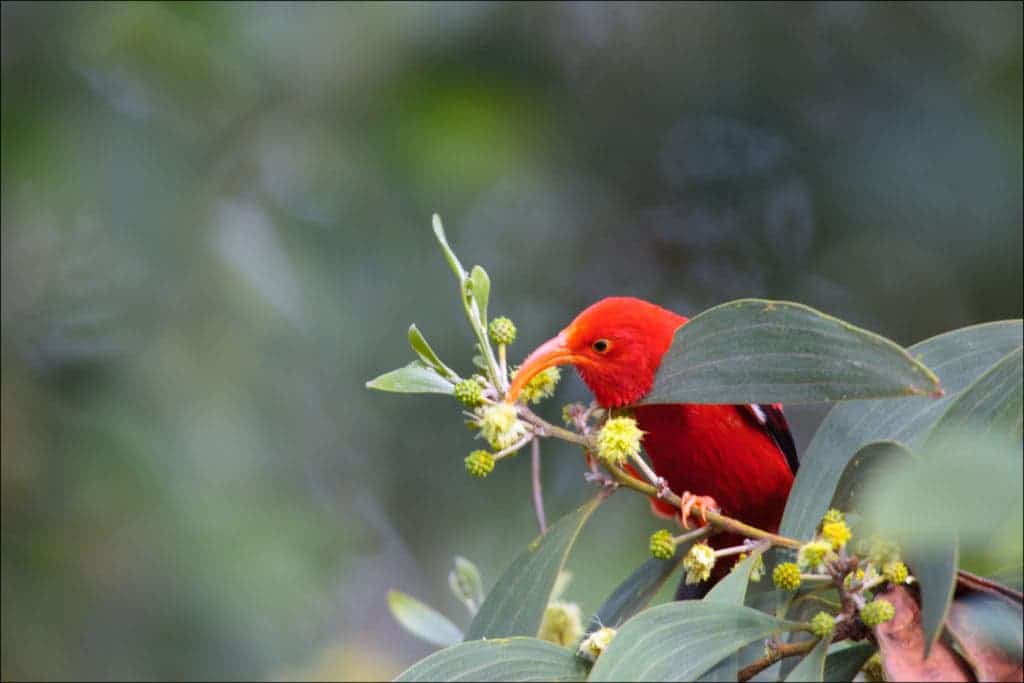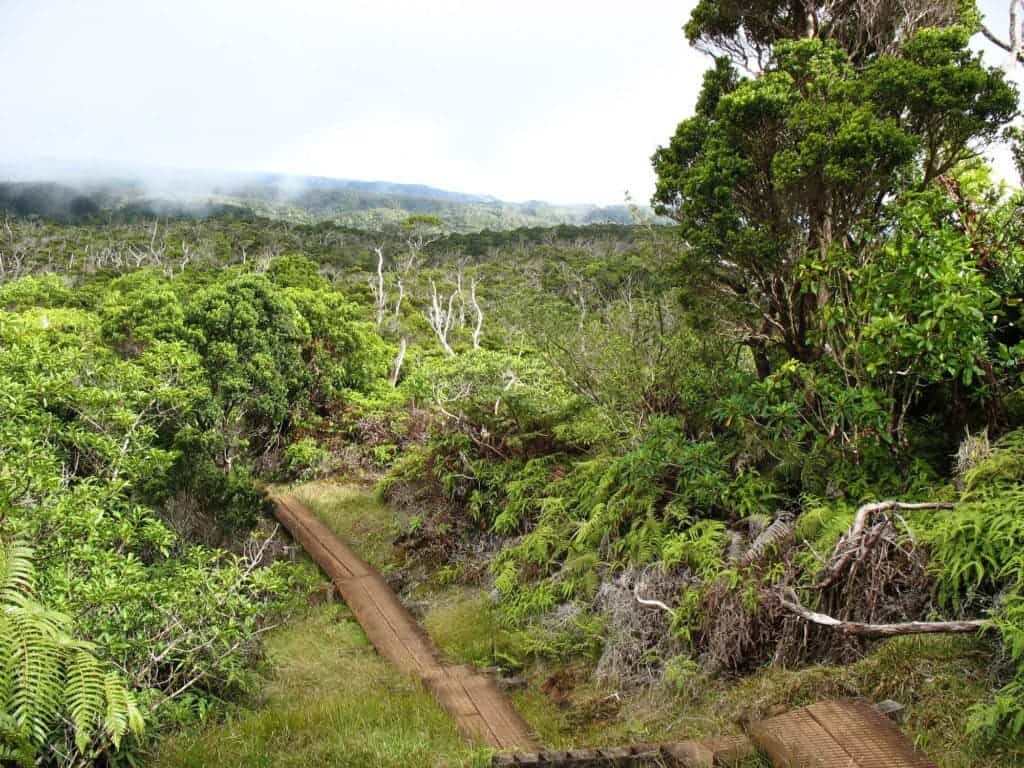Rats have their part of the blame, but climate change is the main threat.
Just a few days ago, we were telling you how invasive species are threatening Hawaii’s wildlife, and now, a new study has revealed that global warming is also taking its toll. The study, published in the journal Science Advances, found that six species on the island are in great danger of going extinct, much worse than initially presumed.
“This study showed us two things: one, that the ones we already knew were in trouble were in even worse trouble than we thought — like, much worse trouble,” says Lisa “Cali” Crampton, a co-author of the study and project leader with the Kaua’i Forest Bird Recovery Project. “And two, species that we thought were doing okay were actually now in trouble. So it was a really worrisome finding.”
The Hawaiian islands are very distinct from one another, which is why many species evolve differently. For instance, at one point, the islands hosted 50 distinct species of honeycreeper – small birds in the tanager family which feed from flower nectar. But this extreme variability might also be the downfall of the birds. Today, only 18 species remain and six of them, from the island of Kauai, are in danger of going extinct.
More species, fewer chances
The problem when you’re living on an island, is that there’s nowhere to go. When something goes bad, you’re simply stuck and have to deal with it. For instance, when mosquitoes arrived in the 1800s, they started transmitting several diseases to the birds, including the devastating avian malaria and avian pox. The only place the birds could go was the elevated Alaka’i plateau on Kauai – because mosquitoes don’t like the cold. But with rising temperatures, the plateau isn’t cold enough and mosquitoes have started to breed there too.
The problem when you split into so many species is that each species has fewer individuals. This means that in the face of such threats, there’s a smaller chance that a group of individuals starts to develop resistance to the threats. In this case, you’d prefer one species with many individuals to several species, each with fewer individuals.
But mosquitoes aren’t the only uninvited guests in Hawaii – rats also do a lot of damage. Rats come and eat the eggs of honeycreepers. Because the birds evolved without the threat of rats, they don’t know how to defend themselves. Unfortunately, this is another case of invasive species wrecking the population of another area.
“It’s very hard to see a way that things are going to end well, and it’s going to happen in a relatively short period of time,” Carl Bergstrom, an evolutionary biologist with the University of Washington in Seattle who was not involved in the study told The Verge. “This is the kind of thing that we’re going to see more and more of in our lifespan.”
But biologists and conservationists aren’t just waiting around. Crampton and her colleagues are collecting eggs to hatch them safely in captivity, away from diseases and rats. The goal is to set up a captive population to act as a breeding nest, in case things go out of control. They’ve also set rat traps around 300 of the bird nests. But their options are limited for protecting birds in the wild, and nothing they can do prevents the toll global warming is taking. In fact, things are so desperate some scientists are seriously considering using gene drives to engineer pests like mosquitoes or rats out of existence.
There’s little doubt about this – a tipping point was reached, and these birds are not just threatened – they will go extinct in the foreseeable future. This will likely start happening in more and more places around the world.
In the meantime, for the Hawaiian locals, the birds have a special significance.
“If we lose these forest birds, we lose our connection to our past,” Crampton said, adding that they are integral to Hawaii’s watersheds as well as the adorned regalia of ancient Hawaiian chiefs. Not all is lost though “Even though the situation is dire, it’s not too late,” she said. “It’s not hopeless.”












